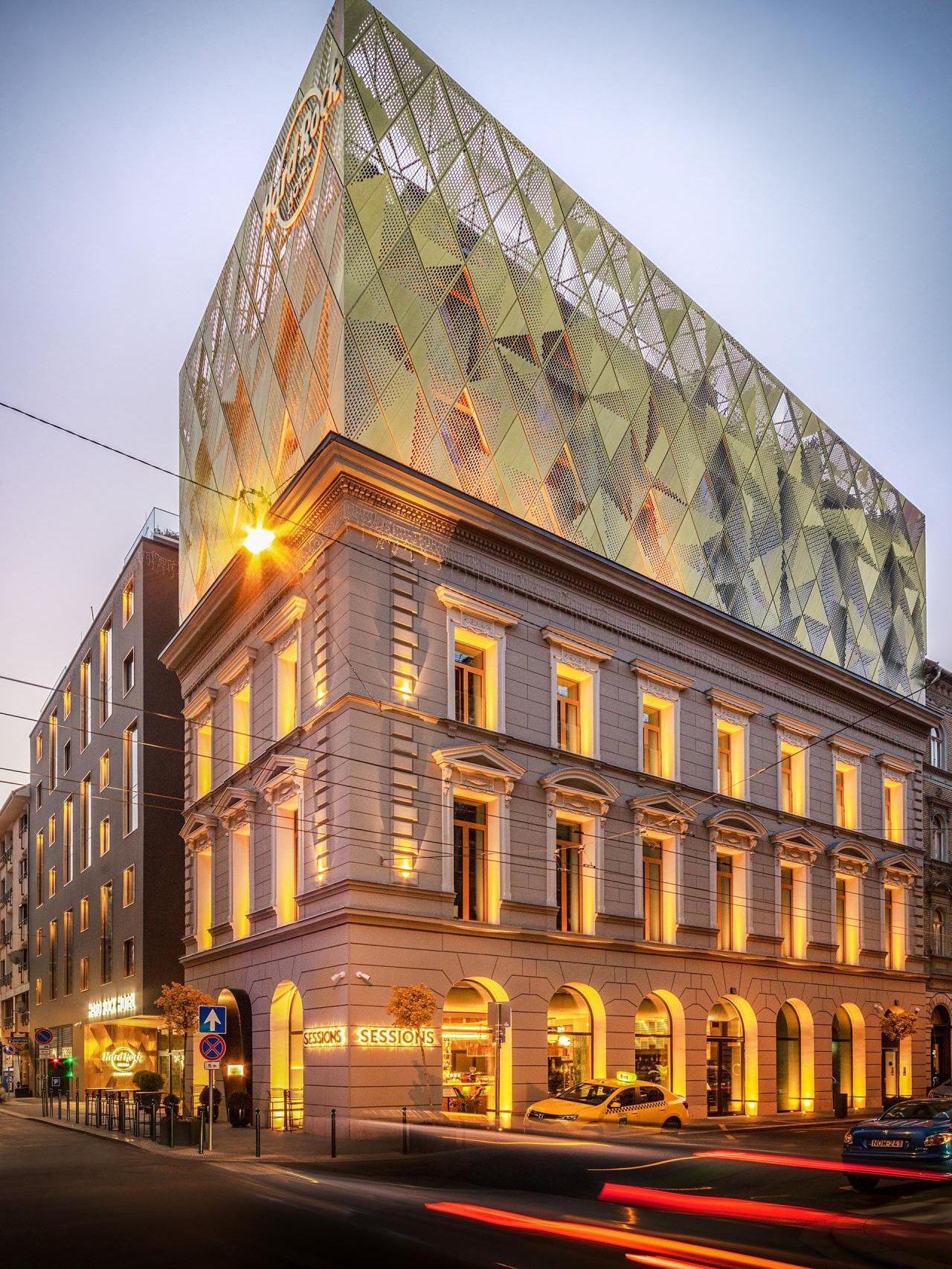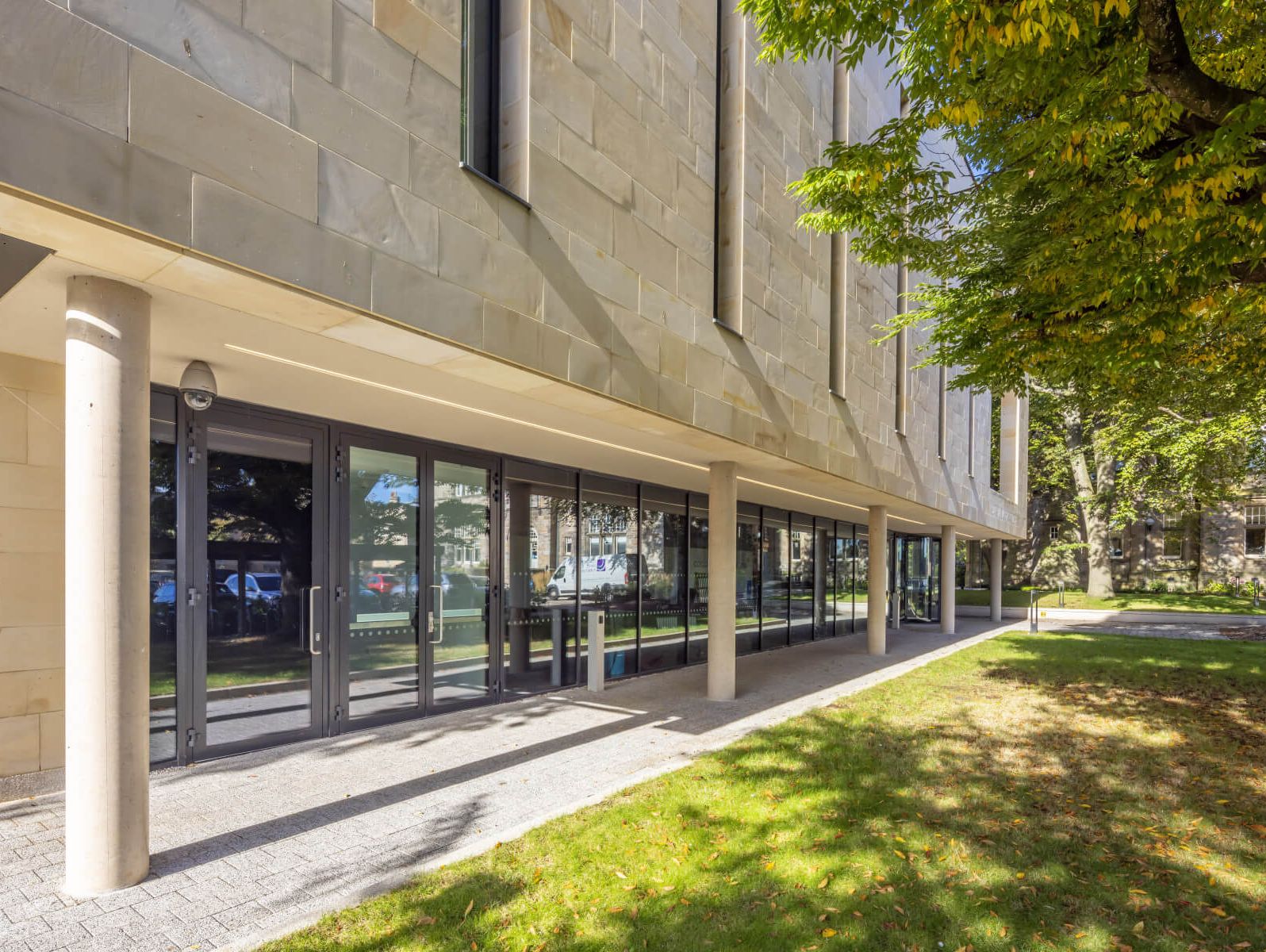Sustainable buildings and corporate social responsibility
Today, you can hardly imagine a socially responsible business that does not pay attention to climate change and the impact their activities exert on the environment. This is one of the strongest trends under CSR, a concept addressed to a great extent by sustainable buildings. Both investors and architects should bear it in mind.
Why CSR is so important?
Times when businesses cared only about their own profits are passing. The concept of sustainable development of business points out that a company should provide benefits to all stakeholders: shareholders, employees, customers, the local community where it operates, and the environment.
The ESG idea, that is:
- E = environment;
- S = social responsibility;
- G = governance;
has been gaining a stronger position in business, and according to Broadridge Financial Solutions, resources that companies allocate to ESG are going to reach USD 30 trillion until 2030.
CSR strategies are not required by law. Each company makes independent decisions about whether and on what level it wants to operate for the benefit of the environment, the local community, and its stakeholders. At the same time, an increasing number of companies see the need to take such actions, and studies show that CSR investments pay off, as they can: increase sales by 20%, increase productivity by 13%, reduce employee turnover rates, and enhance the company’s reputation.
3 reasons why sustainable buildings fits into modern CSR
Under CSR, a company can undertake many actions that are in line with its business direction. This may, however, not be enough. To make up for these actions, a perfect solution for the company is to pay attention to its impact on the environment.
1. Buildings are responsible for approximately 40% of energy consumption and 36% of CO2 emission in the EU
These figures cannot be ignored. CSR-related actions, such as planting trees or reducing the use of plastic and paper in offices, bring marginal benefits compared to the significant impact on the environment of a building’s thermal upgrading or its restoration. Companies are increasingly more aware of this when they select their head offices. When renting office spaces, they consider whether the building for their employees is ‘green’.
Offices in buildings with Cradle to Cradle or BREEAM certificates are not only a source of pride but also a real element of competitive advantage, used both for Employer Branding and in communications with stakeholders.
‘We see it every day when we communicate with investors who select our solutions, such as the MB-SR50N HI+ façade system with a Cradle to Cradle certificate’, says Viktor Stojanoski, Regional Manager at Aluprof. ‘They do it because they care about the environment and also because they see greater interest in renting facilities that support the environment. No company wants to be associated with pollution emissions and the greenhouse effect’, adds the expert.

Hard Rock Hotel, Budapest, Hungary. Systems used: MB-86 Foldline, MB-86 SI, MB-SR50N EFEKT, MB-SR50N HI+
2. Every company can care about the environment, and its head office is the first step on the road to change!
To make CSR have a real impact on the growth of company profits and reduce the risk of loss of reputation, it should be consistent with the company’s business activities. In this context, environment-related actions have a unique status, as every company is a part of the environment and thus can take actions aimed at its protection.
‘Every company can ensure that the buildings it occupies exert as little negative impact on the environment as possible. It doesn’t matter whether we’re talking about a regular office, production facility, or storage office, every company can select a building for rent following the principles of sustainable development’, explains Viktor Stojanoski.
Companies choose partners who think about the future
For architectural companies, when companies increase their expenditure on CSR and sustainable development, it indicates they want to be more consciously aware in their presence on the market and in their social surroundings. This should translate into the way they think about the design of new investments.
‘Using such solutions as window and door systems with enhanced thermal insulation, such as MB-70HI or our new MB-86N system, you can design office and usable areas that actively support a reduction in the amount of energy needed to heat a building’, emphasises Viktor Stojanoski. ‘If architects and structural engineers consider such solutions, they send a signal to all stakeholders, including investors and end users, that they’ve selected a partner who’s aware of the contemporary challenges of sustainable development’, adds the Aluprof expert.

Laidlaw Music Centre, St. Andrews, Great Britain. Systems used: MB-70HI, MB-86, MB-SR50 EI, MB-SR50N, MB-SR50N EFEKT
Let’s build a Better Future
Studies show that corporate social responsibility in Serbia focuses on five main areas: education, sport, health, the idea of personnel volunteering, and the environment. At Aluprof, we clearly see that an aspect of competitive advantage for investors and architects in the investments executed in the years to come is going to meet the demands of all the companies that want to be sustainable. We are a valuable partner for numerous entities for whom it is important that every aspect of the operations – an office, a production facility, or retail outlets – be environmentally friendly and support sustainable development.
